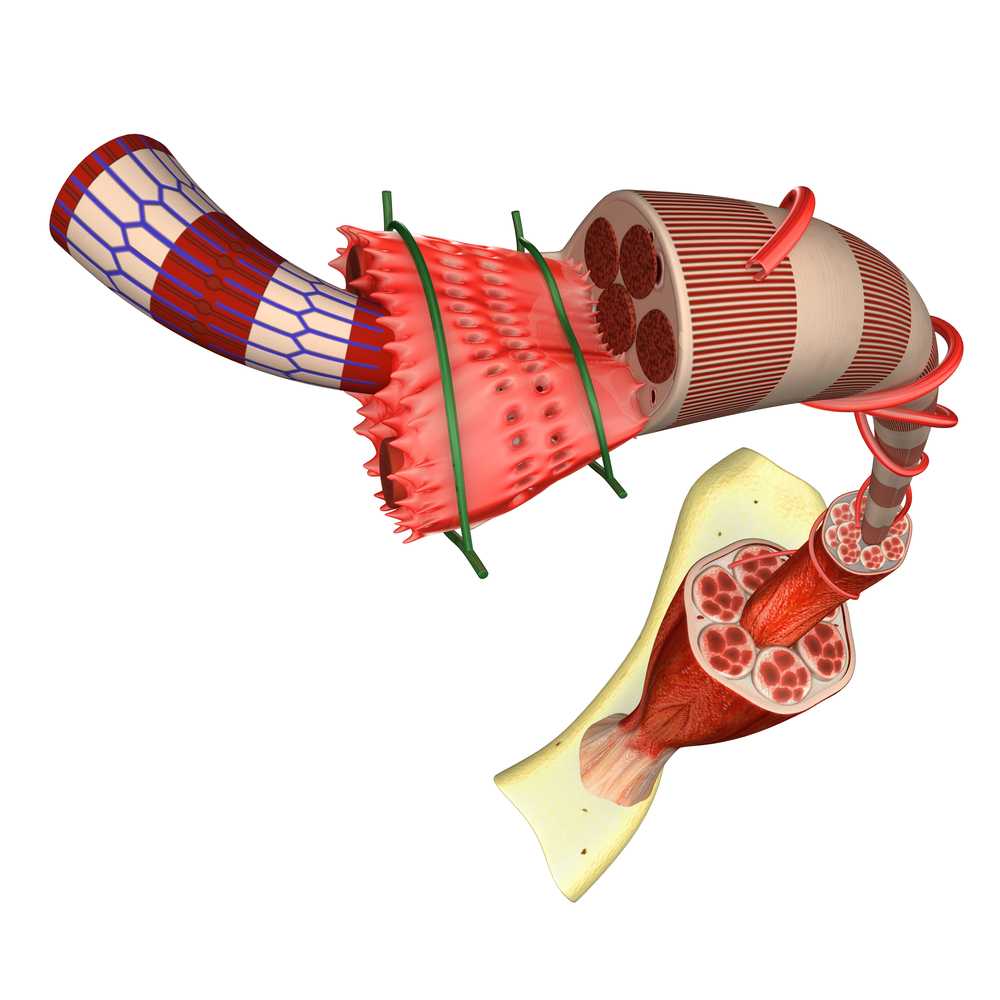Simvastatin Associated With Functional Improvement in Muscular Dystrophy

Lipid-lowering medications are used by many people to reduce risk of heart disease and other medical conditions. A new study from Seattle, Washington, indicates an unexpected use of simvastatin, commonly known by the brand-name Zocor in the United States. According to the report, simvastatin may help skeletal muscles become more healthy in people with Duchenne muscular dystrophy (DMD). The work, titled “A new therapeutic effect of simvastatin revealed by functional improvement in muscular dystrophy” appeared August 24th, 2015, in the prestigious journal Proceedings of the National Academy of Sciences (PNAS).
DMD is a fatal, progressively degenerative muscular disease for which no current effective treatments exist. The disease is characterized by chronic muscular injury and scarring, processes referred to as inflammation, oxidative stress and fibrosis. Statins are typically used to lower cholesterol, but they can also diminish inflammation and counteract oxidative stress–the production of damaging free radicals that harm cells. Unfortunately, negative effects on skeletal muscles are a report side-effect of this category of medication, although this is a relatively rare occurrence. For this reason, statins may not have been previously considered as a treatment for DMD.
The researchers, led by Nicholas P. Whitehead of the Department of Physiology and Biophysics, University of Washington, Seattle, gave statins to mice with an experimental form of DMD. The medication induced several improvements in muscle health and function in the animals. The scientists found that “Simvastatin dramatically reduced damage and enhanced muscle function in dystrophic (mdx) mice. Long-term simvastatin treatment vastly improved overall muscle health in mdx mice.”
Simvastatin also reduced plasma creatine kinase activity, a known measurement of muscle health. The team additionally noted measured reductions in muscle inflammation, increases in muscle fibers, and an improvement in the strength of diaphragm muscles specifically due to the use of simvastatin. The diaphragm is frequently the most weakened muscle in this mouse model of muscular disease.
In their report, the investigators noted that “Together, our findings highlight that simvastatin substantially improves the overall health and function of dystrophic skeletal muscles and may provide an unexpected, novel therapy for DMD and related neuromuscular diseases.”
Because simvastatin is an already approved medication, if the results are consist in human studies, this could provide a quickly available new medication for the treatment of DMD. However, the safety of statins on muscle function in humans would first need to be thoroughly assessed, in addition to the possible benefits of statins on muscle health in people with DMD specifically.






